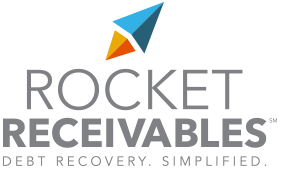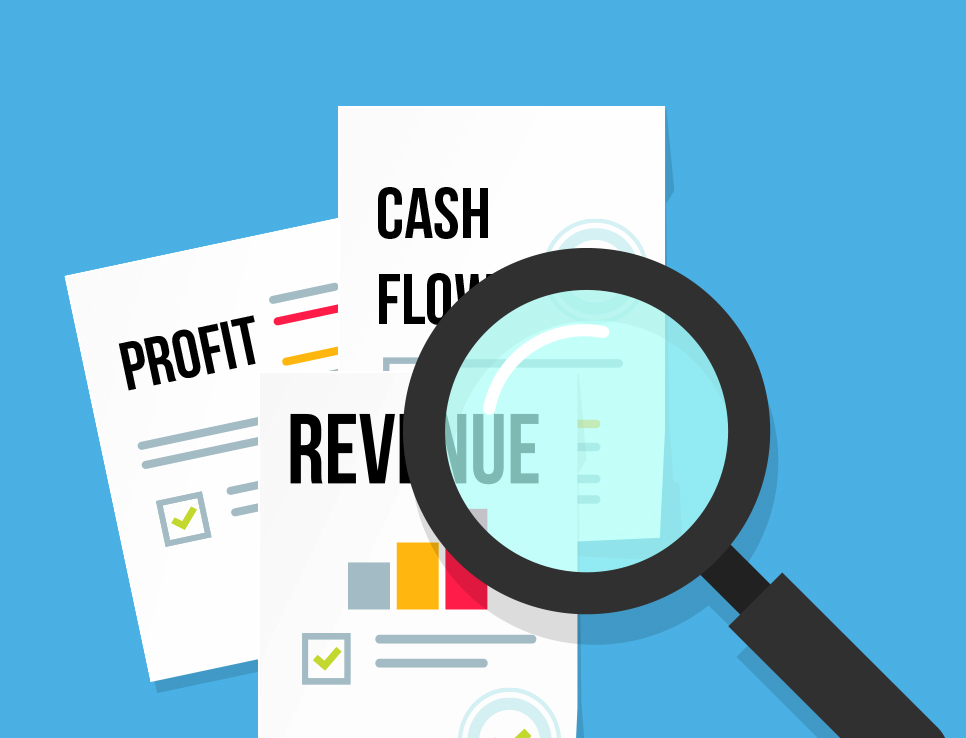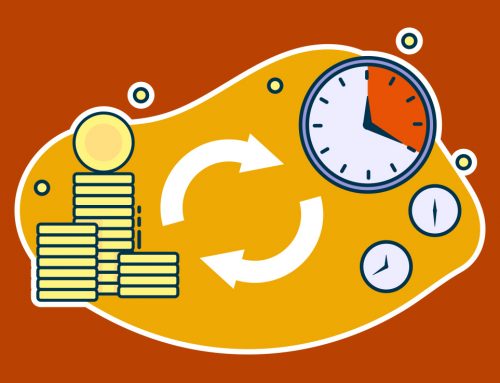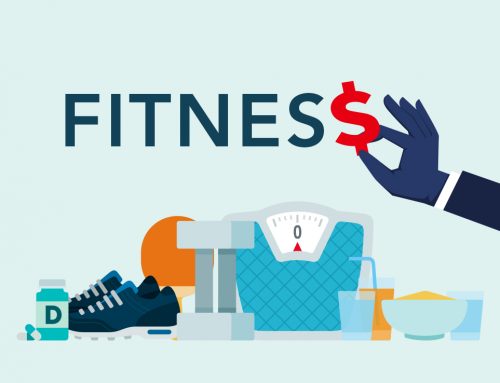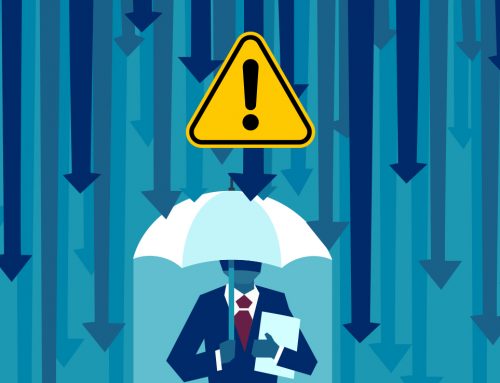One of the most common mistakes small business owners make when starting their business is to misinterpret their financial health. There are three key components that, together, form a picture of how your business is doing financially:
- Revenue
- Profits
- Cash Flow
Understanding these three streams, and how they must work together in your business, is crucial to small business success. The danger of emphasizing one over the others is very real. Let’s take a closer look at what each of them means and how you can keep them in balance.
Revenue
Your revenue refers to the income your business earns from the sale of goods and services. According to this informative Ebates review, it also expands to cover income from any fees, interest charges and royalties.
Revenue also doesn’t account for costs or expenses associated with your business. Totaling your invoices and calculating the amount of money you’ve earned in a specific time period (monthly, quarterly, yearly etc.) will reveal your revenue.
(Larger corporations typically invest large amounts of capital. The return on those investments is also considered revenue.)
Profits
Profit is essentially revenue minus expenses. When you’ve made more money selling your goods and services than it costs to both create them and run your business, you are running a profit.
There are 2 types of profit to understand:
Gross Profit—This is specific to the revenue generated by your goods and services minus the cost of obtaining them. For example, you sell a watch for $35. It cost you $15 dollars to make or import. Your gross profit is $20.
Net Profit—this takes into account all the other expenses incurred by your business (bills, taxes, payroll, equipment etc.) In the example of the watch, while your gross profit is $20, you also paid $5 in taxes and $5 in equipment leases to make the watch. Your net profit is, therefore, $10.
Net profit is most often calculated across product classes and groups or on business as a whole.
Cash Flow
Cash flow is the difference between the money coming into your business and the money going out of it. Managing the timing of this in and out movement is important to keep your small business healthy.
Understand that cash flow is not equal to profits. However, a well-managed cash flow can steer your business in the direction of profit. By monitoring your cash flow and calculating projections, you can avoid potentially catastrophic cash shortfalls that leave you unable to meet your payables.
Inventory control is a key element for businesses that sell products. Think of inventory on hand as stagnant cash. When considered financially, that is what inventory is. You have spent the cash to pay for the inventory. You will not get that cash back until you sell the products. When you do, you should also realize a profit.
In a service-oriented business, cash flow is more likely to be impacted by salaries and debt retirement.
Balance Is Key
Maintaining a balance between these three money streams is vital to a successful business. Cash flow, in particular, requires constant management in order to maintain healthy finances.
At its most basic level, cash flow consists of three components:
- Accounts Receivables
- Accounts Payable
- Shortfalls
Focusing too much on profit or revenue can distract you from knowing exactly when cash will land in your bank account. No matter how profitable your business is on paper, you must have money in the bank to pay the bills. It’s as simple as that.
There are a number of ways to successfully manage your cash flow, create solid projections, and thereby boost revenue and profits. To dig deeper into cash flow management, check out this article.
At Rocket Receivables, we have an intimate understanding of how profits, revenue, and cash flow relates to small and mid-sized business operations. We are here to help you grow your business and maintain a balanced financial profile. Subscribe today and learn more on how we can work together to build a better business.
